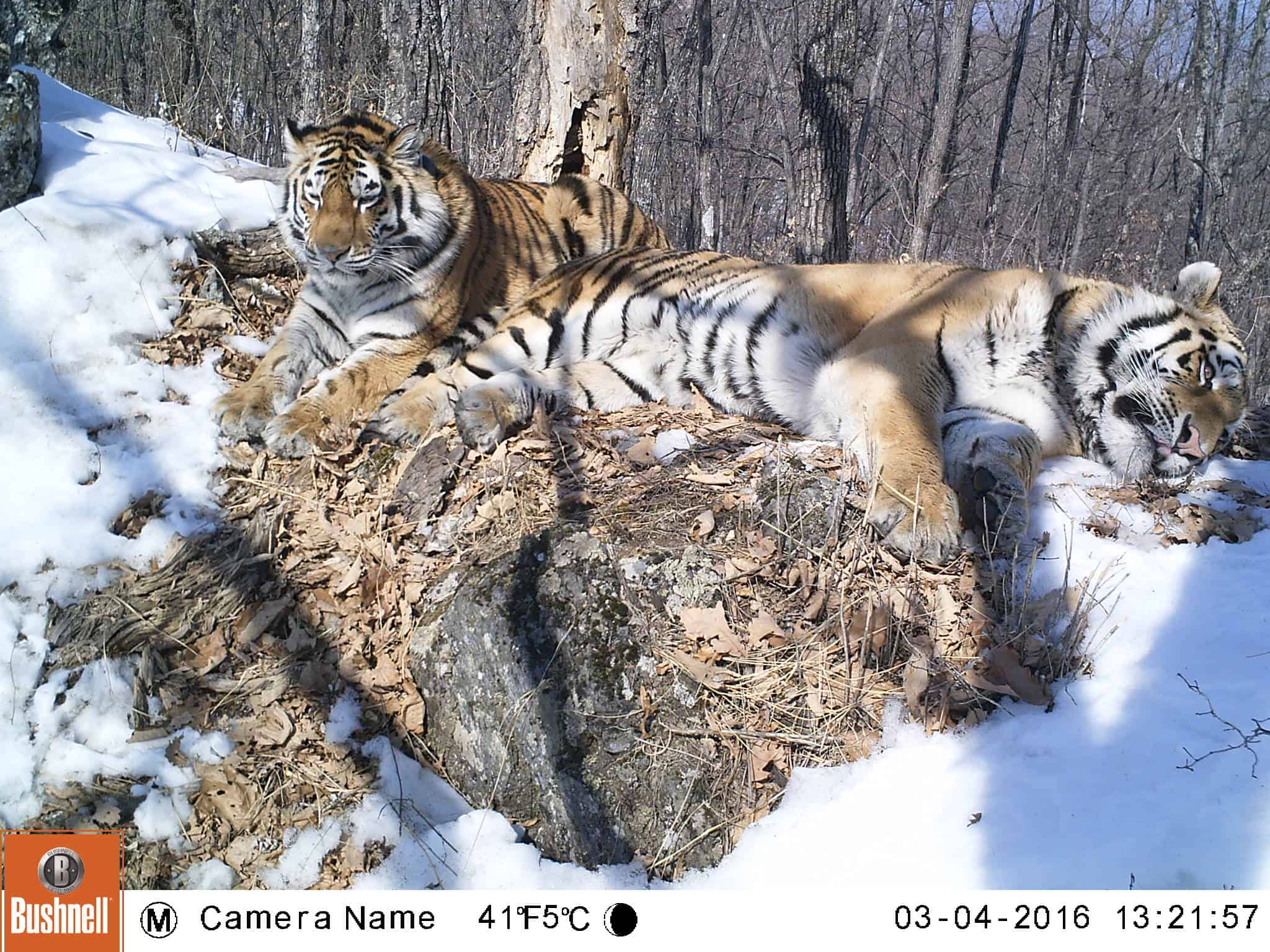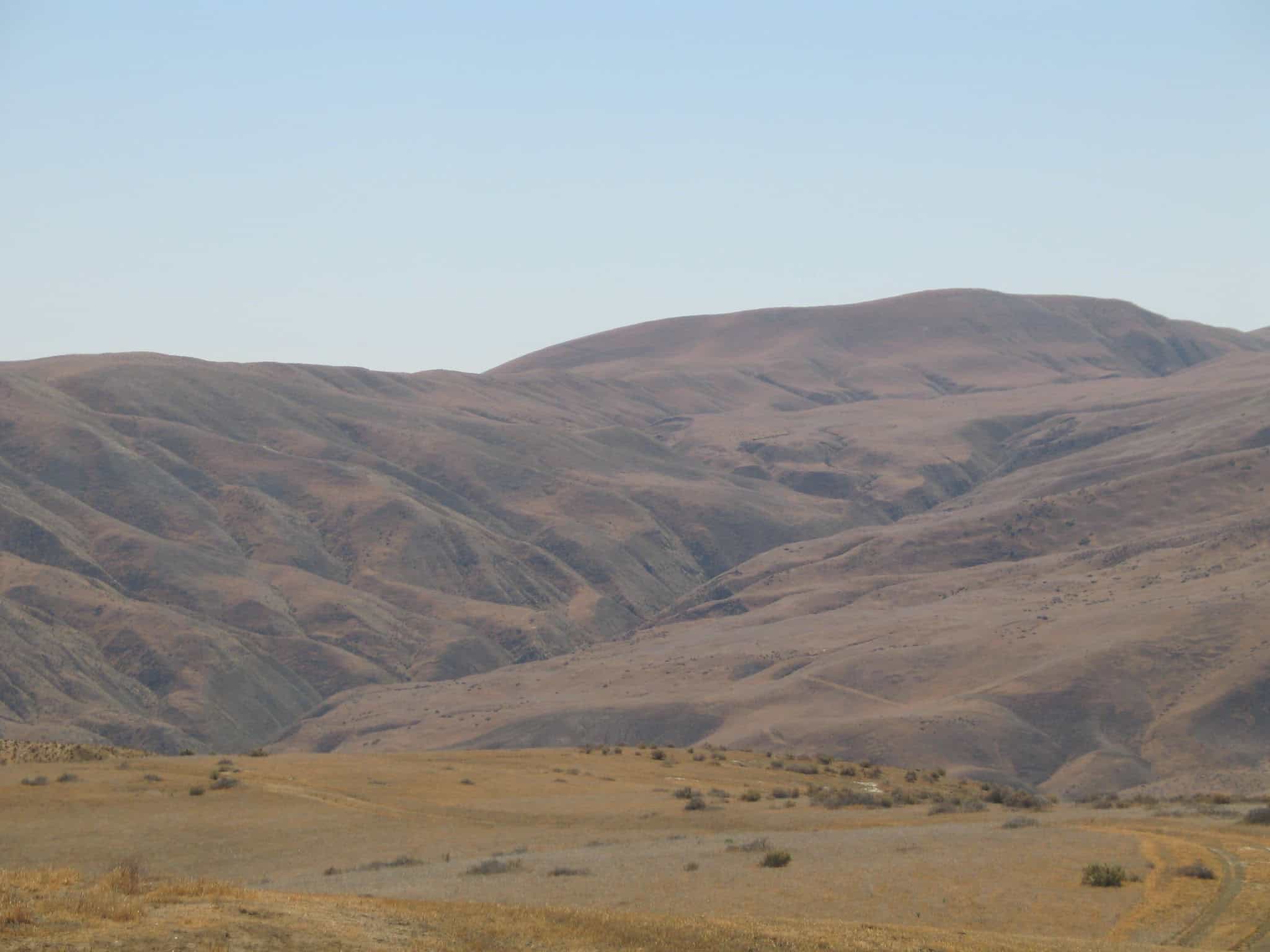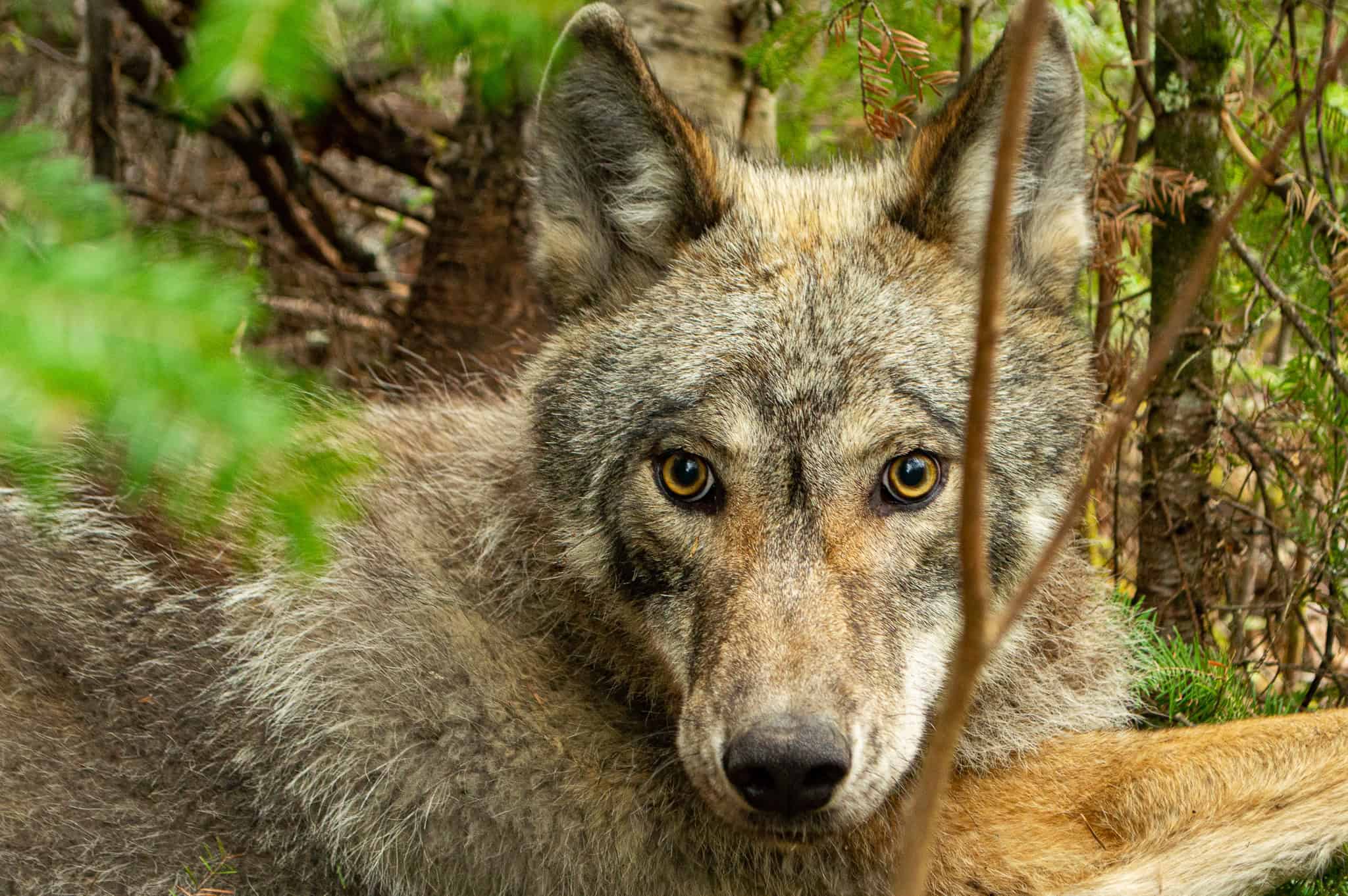Share this article
TWS Position Statement: Wildlife Damage Management
Back to Position Statements page
Wildlife sometimes causes significant damage to private and public property, other wildlife, habitats, agricultural crops, livestock, forests, pastures, and urban and rural structures. Some species may threaten human health and safety or be a nuisance. Prevention or control of wildlife damage, which often includes removal of the animals responsible for the damage, is an essential and responsible part of wildlife management. Before wildlife damage management programs are undertaken, careful assessment should be made of the problem, including the impact to individuals, the community, and other wildlife species. Selected techniques should be incorporated that will be efficacious, biologically selective, and socially appropriate.
The policy of The Wildlife Society in regard to wildlife damage management and the alleviation of wildlife problems is to:
1. Recognize that wildlife damage management is an important part of modern wildlife management.
2. Recognize that nuisance wild animals are common in many human-occupied situations and may need special management attentionas well as an astute understanding of cultural carrying capacity, to alleviate problems they create.
3. Support those wildlife damage prevention and/or management programs and techniques that are biologically, socially, environmentally, and economically valid, effective, and practical.
4. Encourage research to improve methods of: (a) assessing damage caused by wildlife; (b) assessing effectiveness and environmental impacts of damage management programs; (c) preventing and managing wildlife damage, including health hazards and nuisance problems; (d) assessing alternatives available to landowners/managers for wildlife damage prevention and/or management; and (e) understanding people’s level of tolerance for a variety of human/wildlife conflicts and the social/biological factors that influence their decision-making (Wildlife Stakeholder Acceptance Capacity).
5. Recommend wildlife damage management programs that are cost-effective and whose benefits outweigh risks.
6. Support use of efficient, safe, and economical methods of preventing and/or controlling depredating animals that cause human/wildlife conflicts, and which pose jeopardy to other wildlife populations, including threatened or endangered species.
7. Encourage and support educational programs in wildlife damage prevention and management to ensure that those in need of wildlife damage management information have access to currently approved techniques and methodologies.
8. Support biologically sound laws and regulations governing wildlife damage prevention and management.
9. Recommend that eliminating wildlife habitat in order to reduce serious threats to human and domestic health and safety should only be considered in unique circumstances (e.g. wildlife habitat on or near airports). The impacts on all wildlife resources should be evaluated before landowners/managers chose this option.
Approved by Council November 2017.








